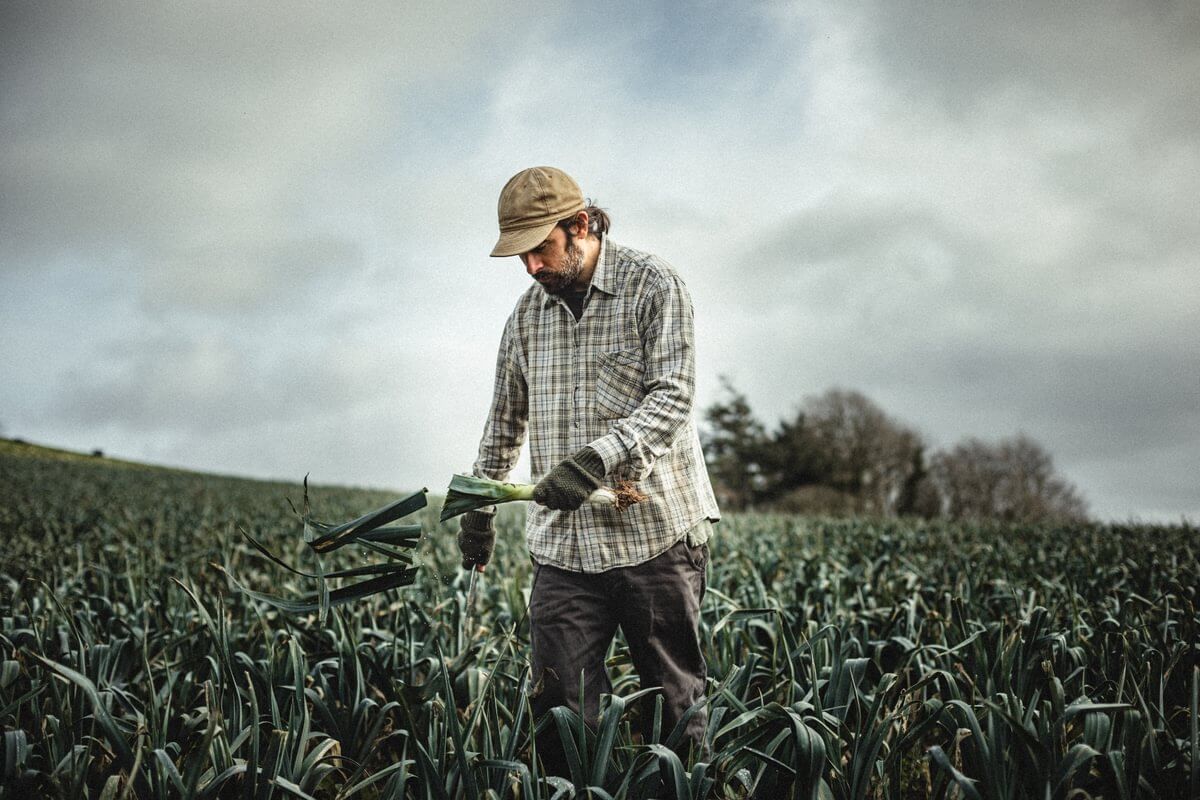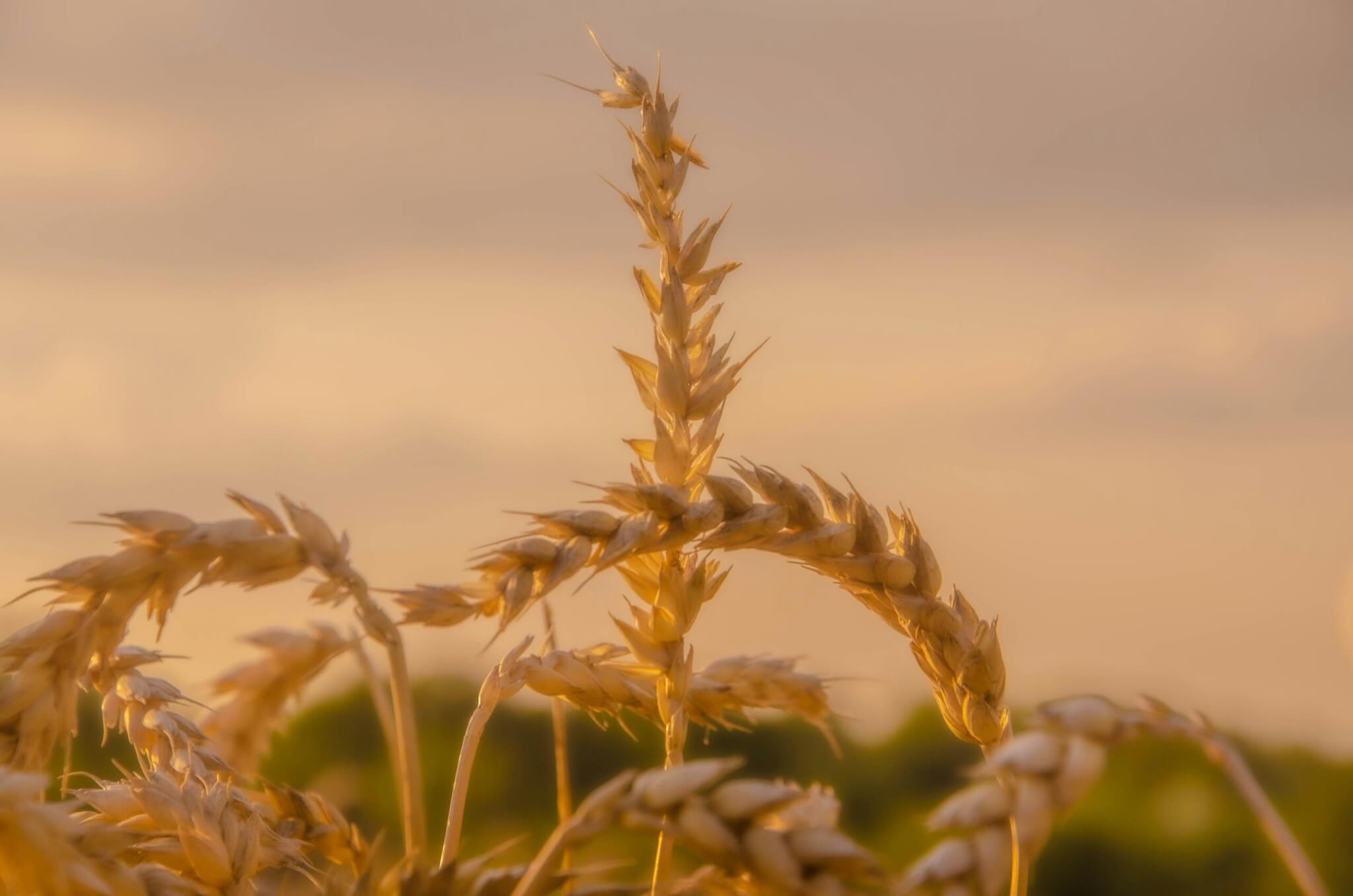Onions are one of the most expensive and challenging crops to grow organically; only stubbornness keeps us from giving up and buying cheap (and irritatingly good) ones from Holland. They establish slowly, never producing a full canopy, and are not very competitive, making weed control a challenge in a dry year and near impossible in a wet one. The fungal disease mildew always threatens yield – and can kill the leaves before the necks of the onions are sealed, meaning they will not keep.
Assuming they survive weed and pestilence to reach maturity, the next challenge is getting the onions harvested and dried, with the set skins and sealed necks that will protect them from disease in store. The occasional calamitous year is inevitable; in ’98 the whole stinking crop went on the compost heap. To give ourselves the best chance, we have moved the storing crop to Sacrewell, our farm in Cambridgeshire, where the humidity is lower and the rainfall is roughly half that of Devon, stacking the odds more in our favour.
The onion crop at Sacrewell has been ready to harvest for weeks, but we have been frustrated by the weather. Once most of the crop has formed a neck and the leaves have ‘gone over’ (bent towards the ground), we top away most of the remaining leaves, harvest the onions into windrows, and bring them into store as quickly as the weather allows. As I write, half the crop is in the field and half in the barn, where we initially blow air at 29°C for three days to seal the onions’ necks. The barn is then kept at 26°C using recirculated air for three weeks while the skins set, before slowly being brought down to ambient temperature. The whole process takes about a month, after which the onions are ready for sale. Those we plan to keep are then put in cold store to delay sprouting until just before sale, when they are warmed up again and cleaned ready to go in your boxes. It’s a skilled and specialised job with a high cost of failure, and the market price never really seems to reflect the work and the risk. That said, when you get it right, there are few things more satisfying than going into winter with a barn full of firm, rustling dry onions.
Guy Watson














0 Comments